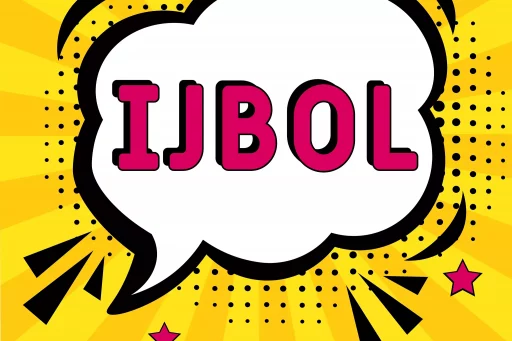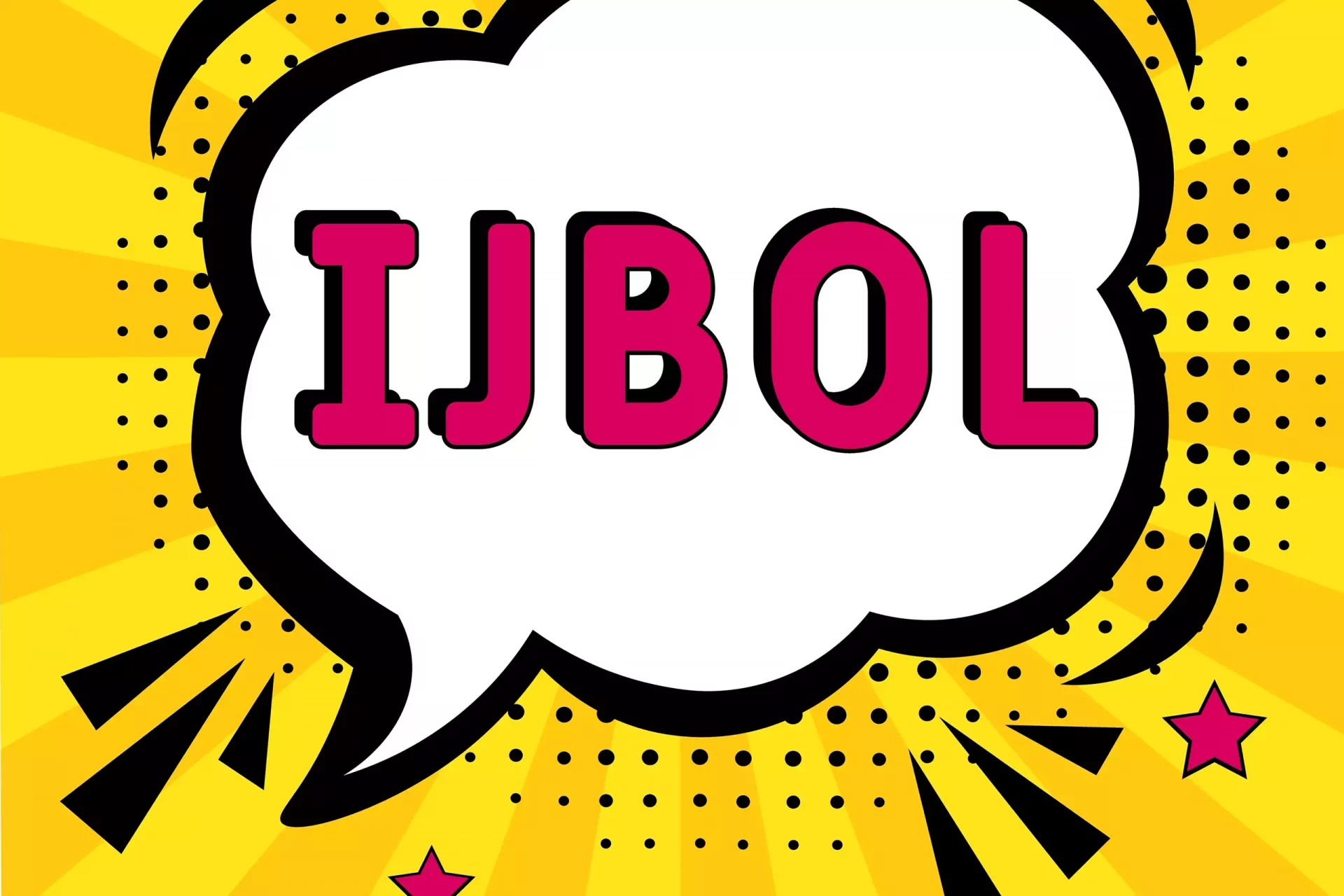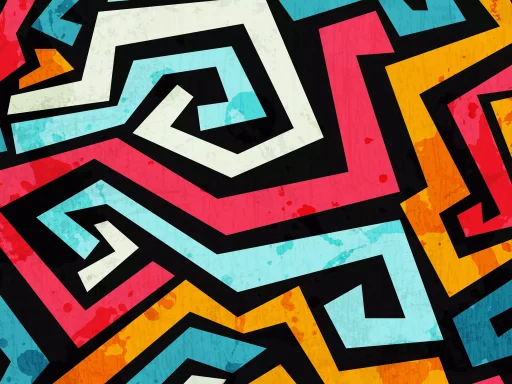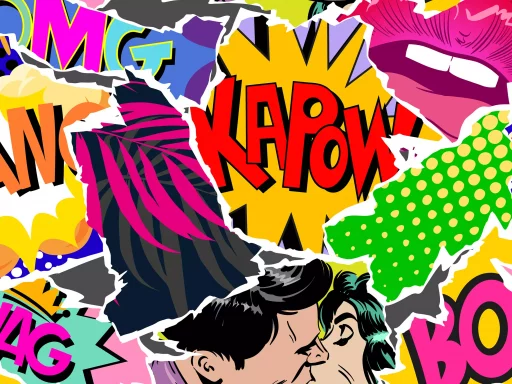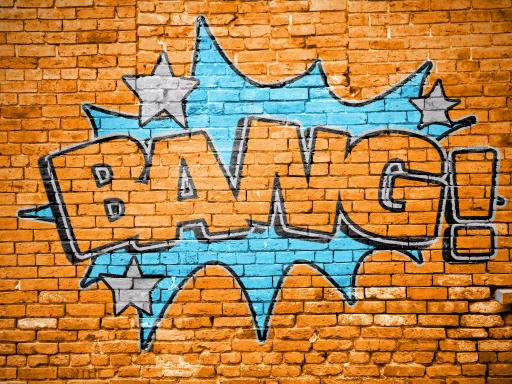Understanding Ski Terms Slang
Skiing culture is rich with its unique terminology and slang, which enhances the experience on and off the slopes. Whether you’re a seasoned skier or a novice hitting the slopes for the first time, the way skiers communicate can feel like an entirely different language. This article dives into the essential ski slang you need to know, along with examples, anecdotes, and a little bit of history behind these terms.
The Most Popular Ski Terms Slang
Let’s start with some of the most widely recognized ski terms that you’ll encounter:
- Gnar: Short for “gnarly,” this term describes extreme skiing conditions or difficult terrain. If someone says, “That run was gnarly,” they likely faced tough challenges.
- Pow: Short for “powder,” this term refers to fresh, untracked snow, favored by skiers and snowboarders alike.
- Shredding: This term refers to skiing or snowboarding at high speed, showing off skill and agility.
- Jibbing: The act of performing tricks on obstacles like rails or boxes, typically seen in terrain parks.
- Noob: A slang term for a beginner skier who is still learning the ropes.
The Evolution of Ski Slang
Ski slang has evolved over the decades, influenced by skiing trends, pop culture, and even the advancements in ski technology. In the 1960s and 70s, skiing saw a significant surge in popularity, particularly among the youth. The free-spirited vibe of that era birthed many slang terms that expressed certain lifestyles associated with skiing.
Interesting Case Studies
Take, for example, the rise of the “freestyle” movement in the 1990s. As more skiers began to embrace tricks and jumps, terms like “aerials” and “switch” became prevalent. Switch refers to skiing or riding with the opposite foot forward, an impressive skill that showcases versatility.
In a case study of a popular ski resort, over 70% of skiers and snowboarders reported using terms like “pow” and “gnar” regularly during their trips. This common vernacular not only reflects a shared experience but also creates a sense of community on the slopes.
The Role of Social Media in Ski Lingo Spread
In recent years, social media has played a significant role in disseminating ski slang. Platforms like Instagram and TikTok are flooded with videos showcasing skiing exploits, often accompanied by hashtags and popular slang terms. For example, the hashtag #PowderDay trends during significant snowfall, encouraging skiers to embrace the powder conditions.
According to statistics from a skiing-related social media analytics company, the term “pow” saw a 150% increase in posts over the last five years, reinforcing its central role in ski culture.
Essential Ski Terms for Beginners
As a beginner, getting comfortable with these terms can greatly enhance your skiing experience. Here are some foundational phrases to know:
- Bluebird day: A clear, sunny day perfect for skiing.
- Slalom: A skiing event where skiers navigate between poles.
- Piste: A marked ski run or path.
- Lift line: The queue of skiers waiting for a ski lift.
The Impact of Ski Slang on Relationships
Using ski slang does more than merely convey information; it strengthens bonds between skiing buddies. A study conducted by the National Ski Areas Association found that nearly 80% of participants felt that shared slang and terminology fostered camaraderie. This collective language helps skiers and snowboarders bond over their shared love for the sport, facilitating discussions about ski trips, gear, and experiences.
Final Thoughts on Ski Lingo
Learning the slang terminology associated with skiing can significantly enhance your experience on the slopes. It not only allows you to communicate effectively with fellow skiers but also helps you feel more integrated into the skiing community. So, the next time you get out there, try sprinkling in some of this slang to truly embrace the culture!
